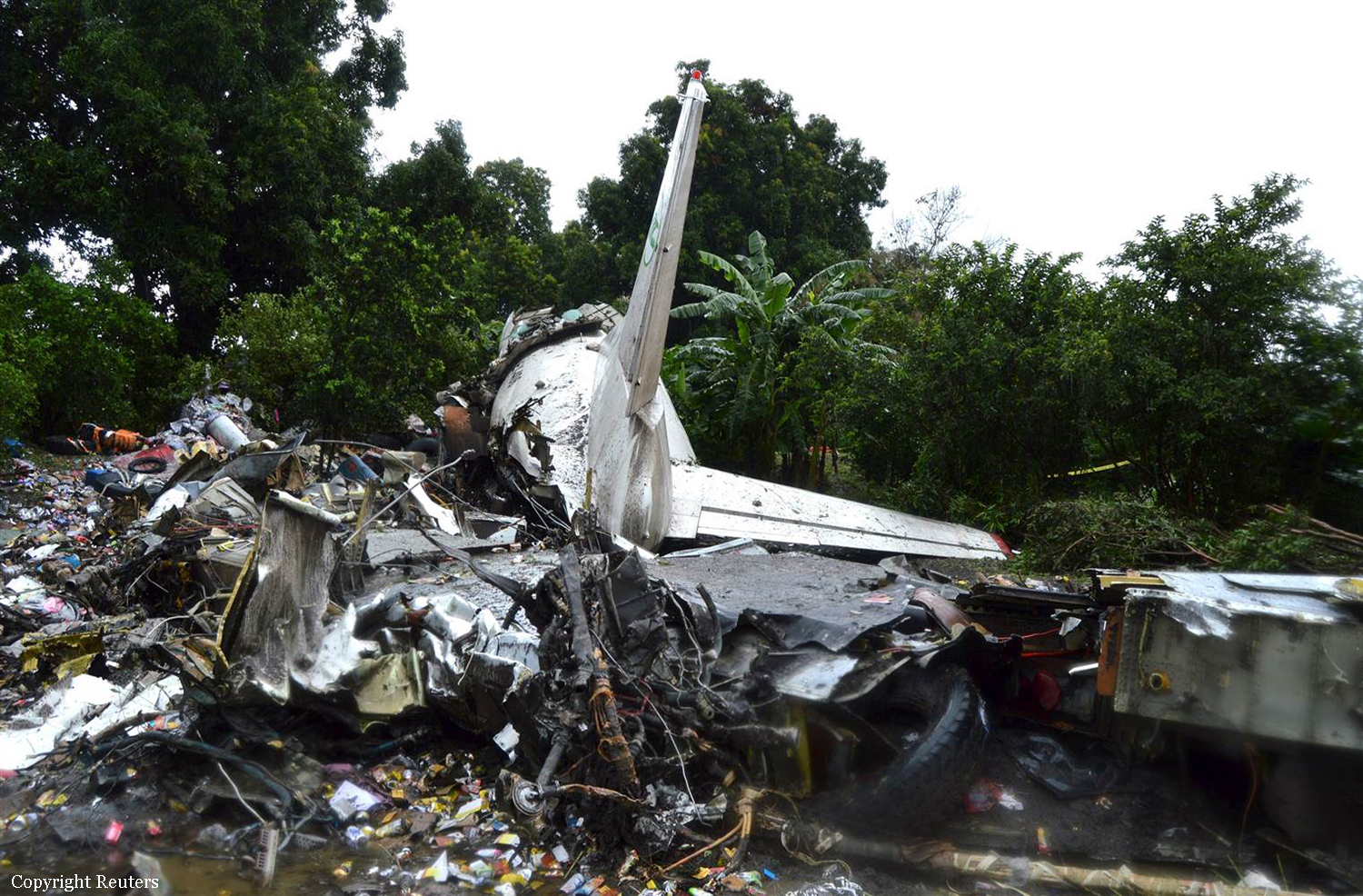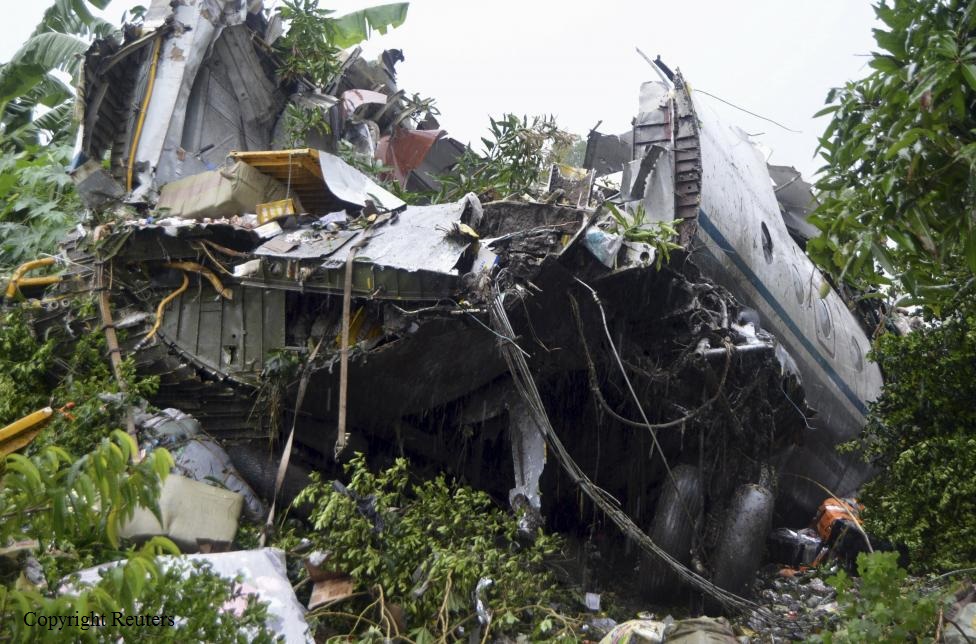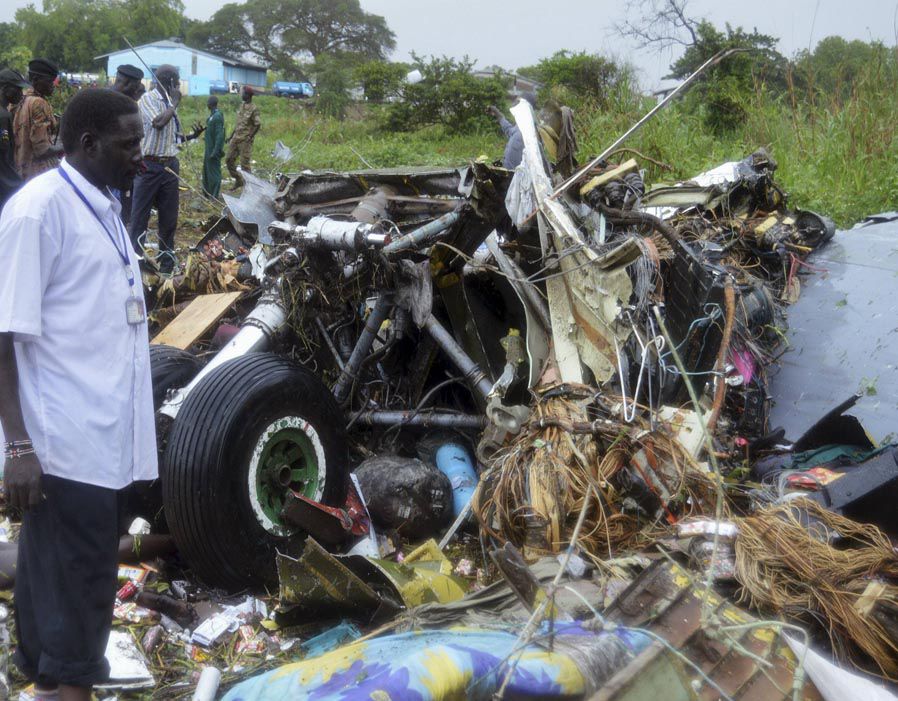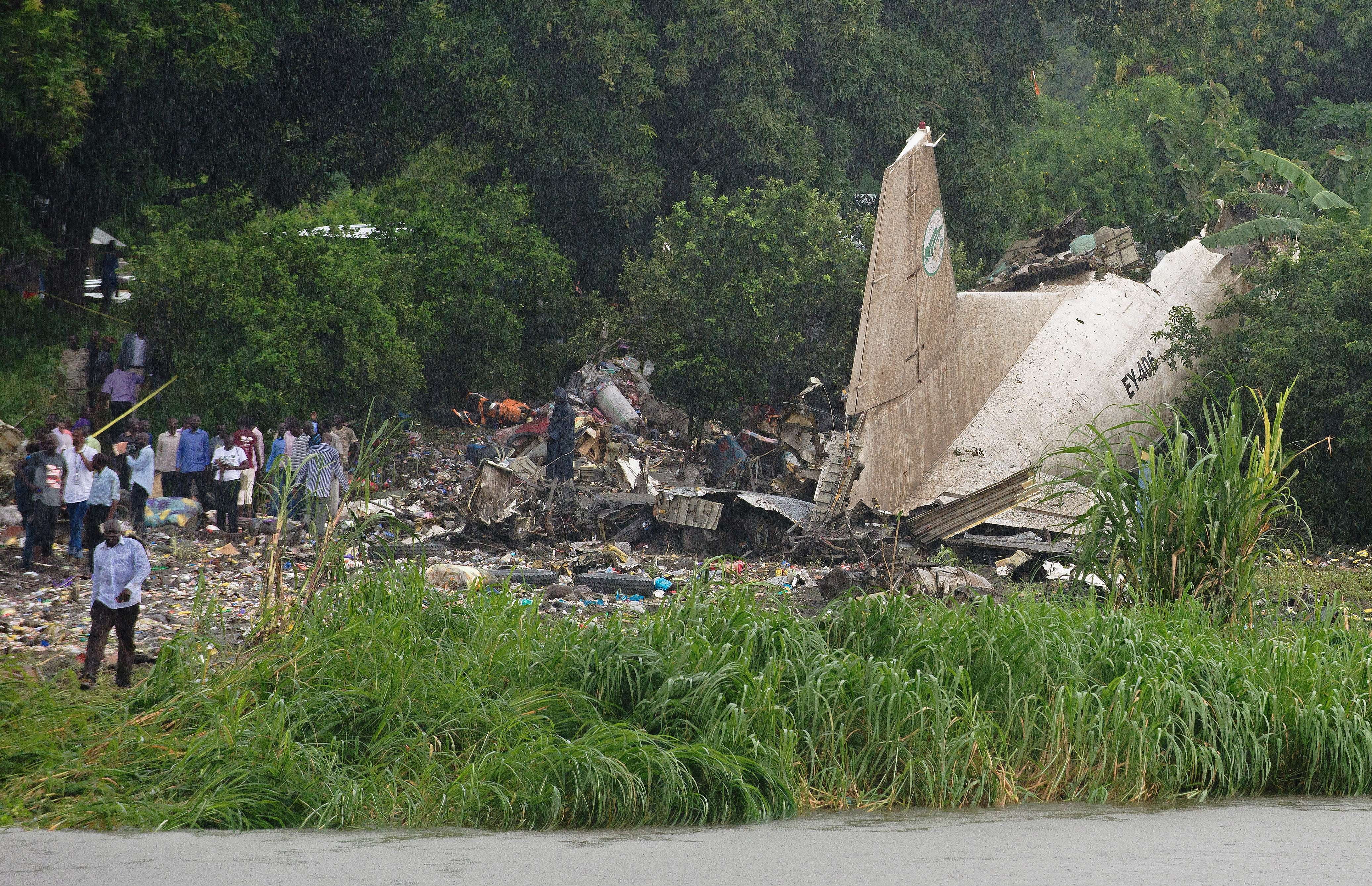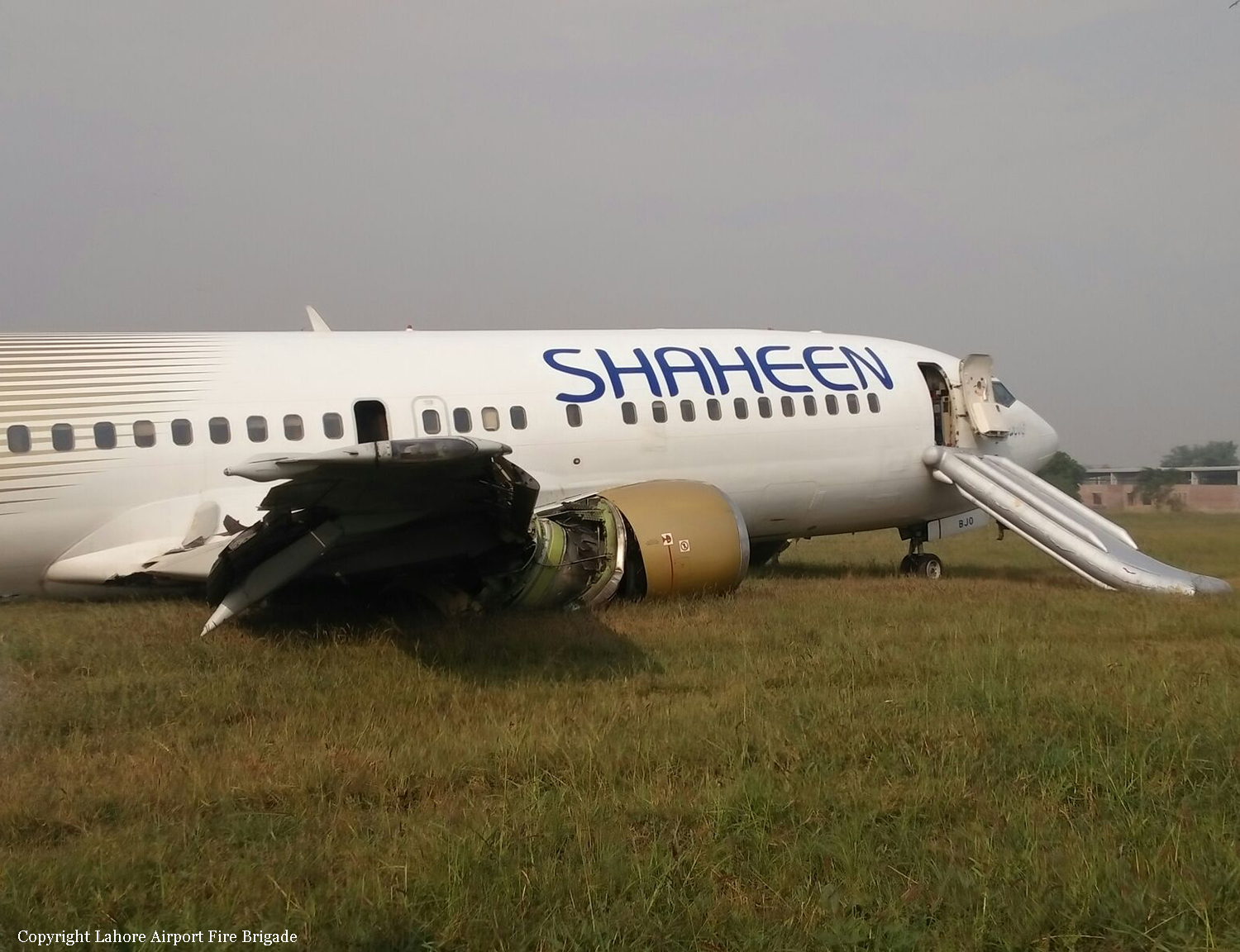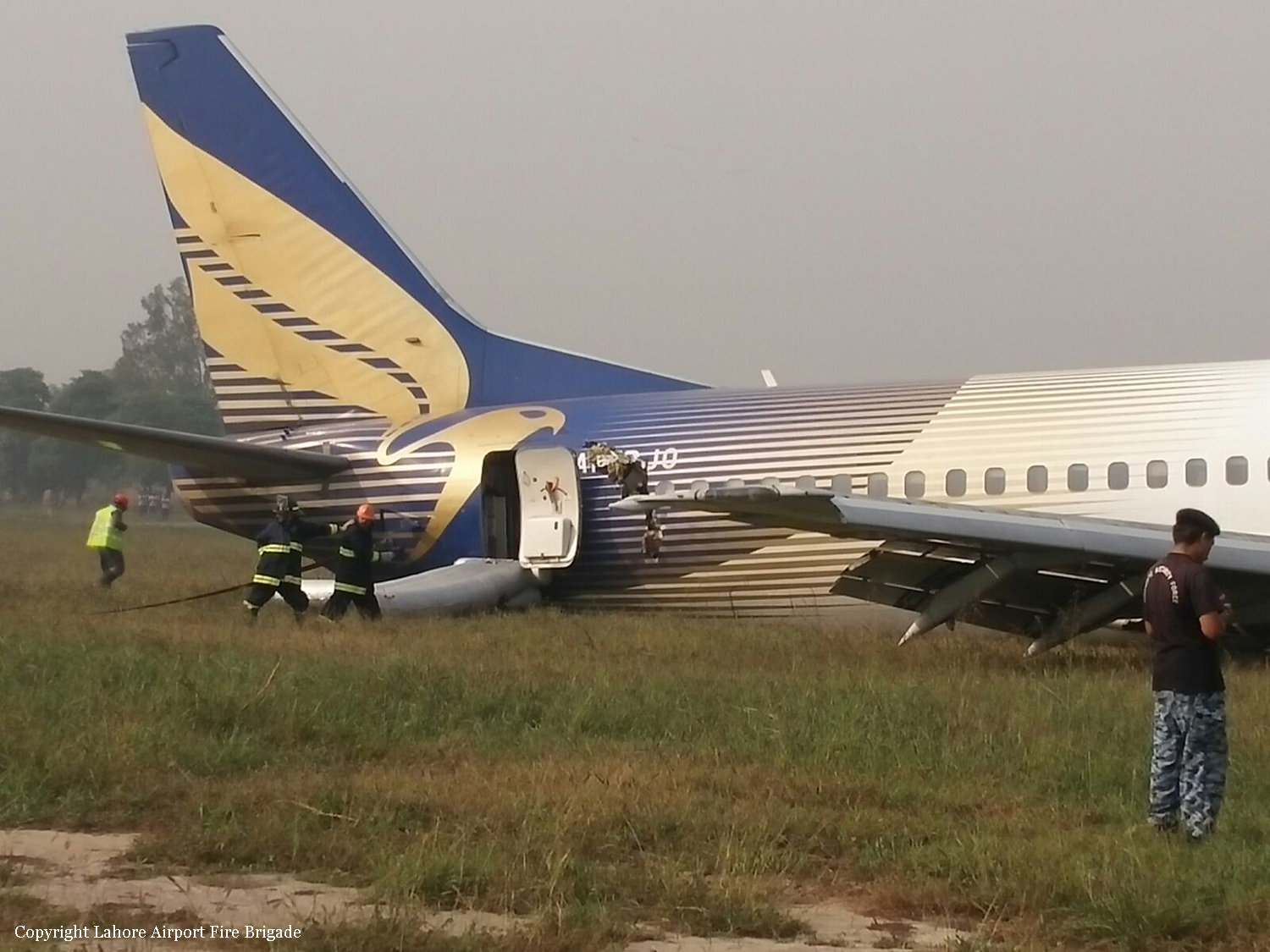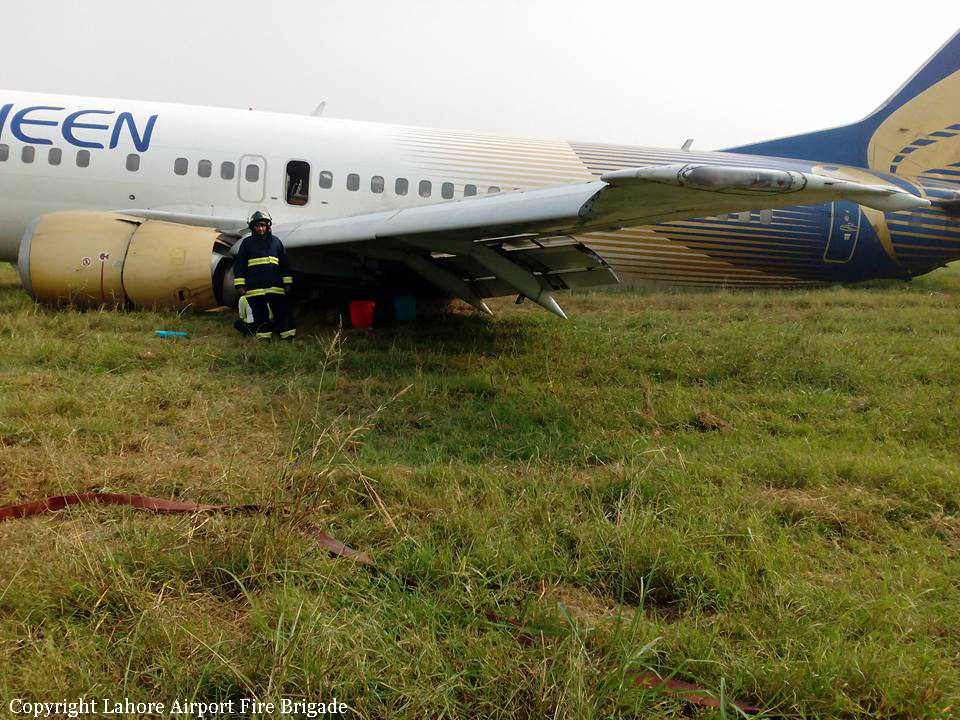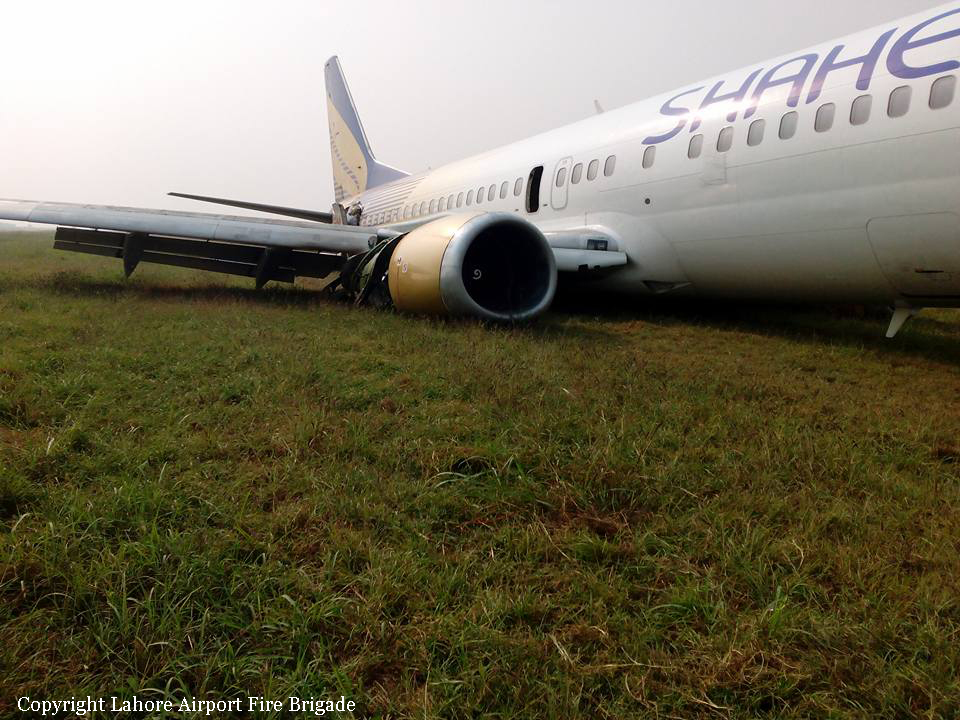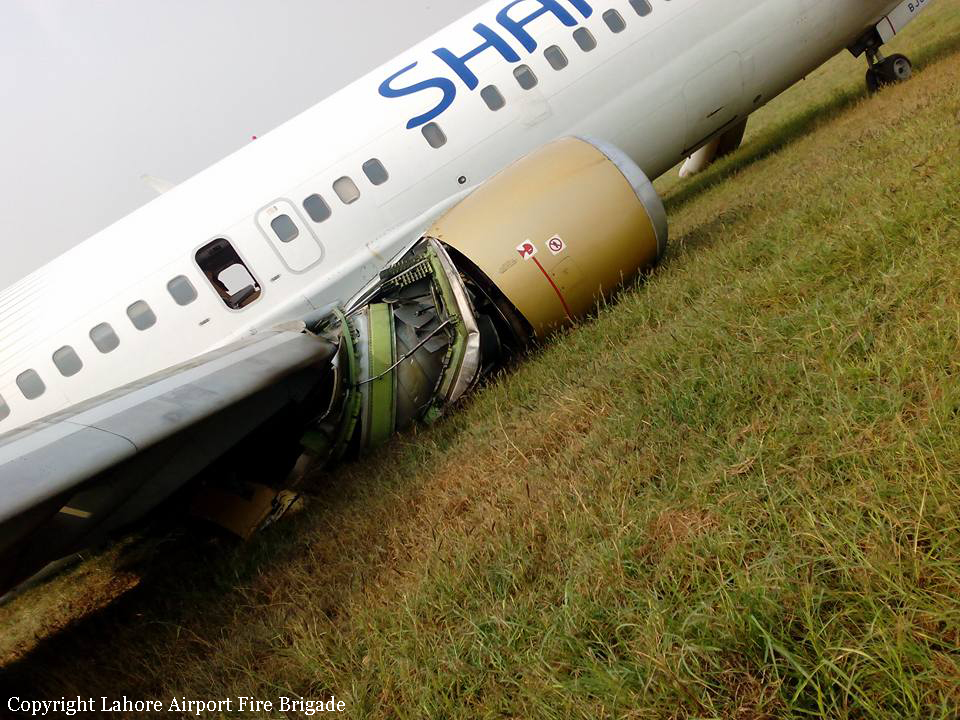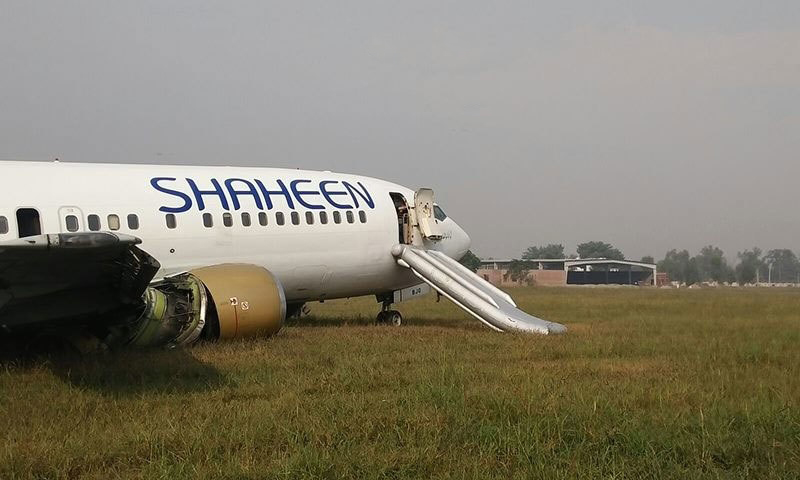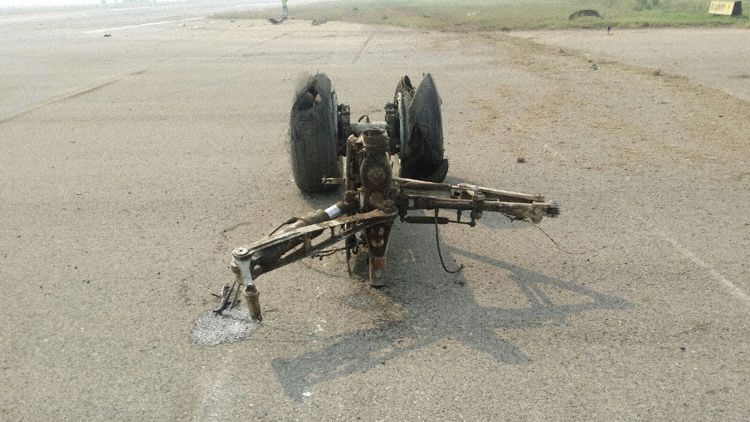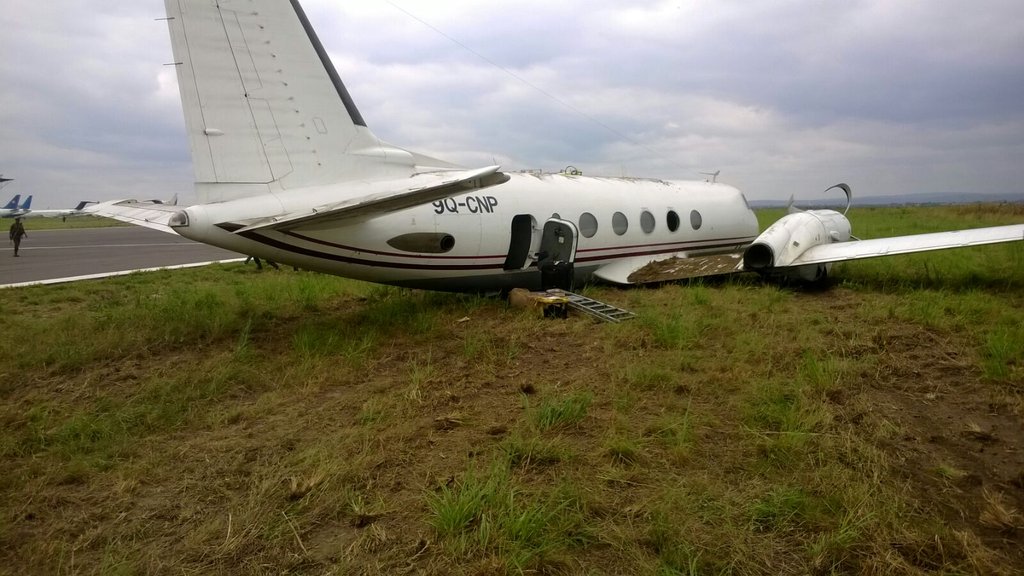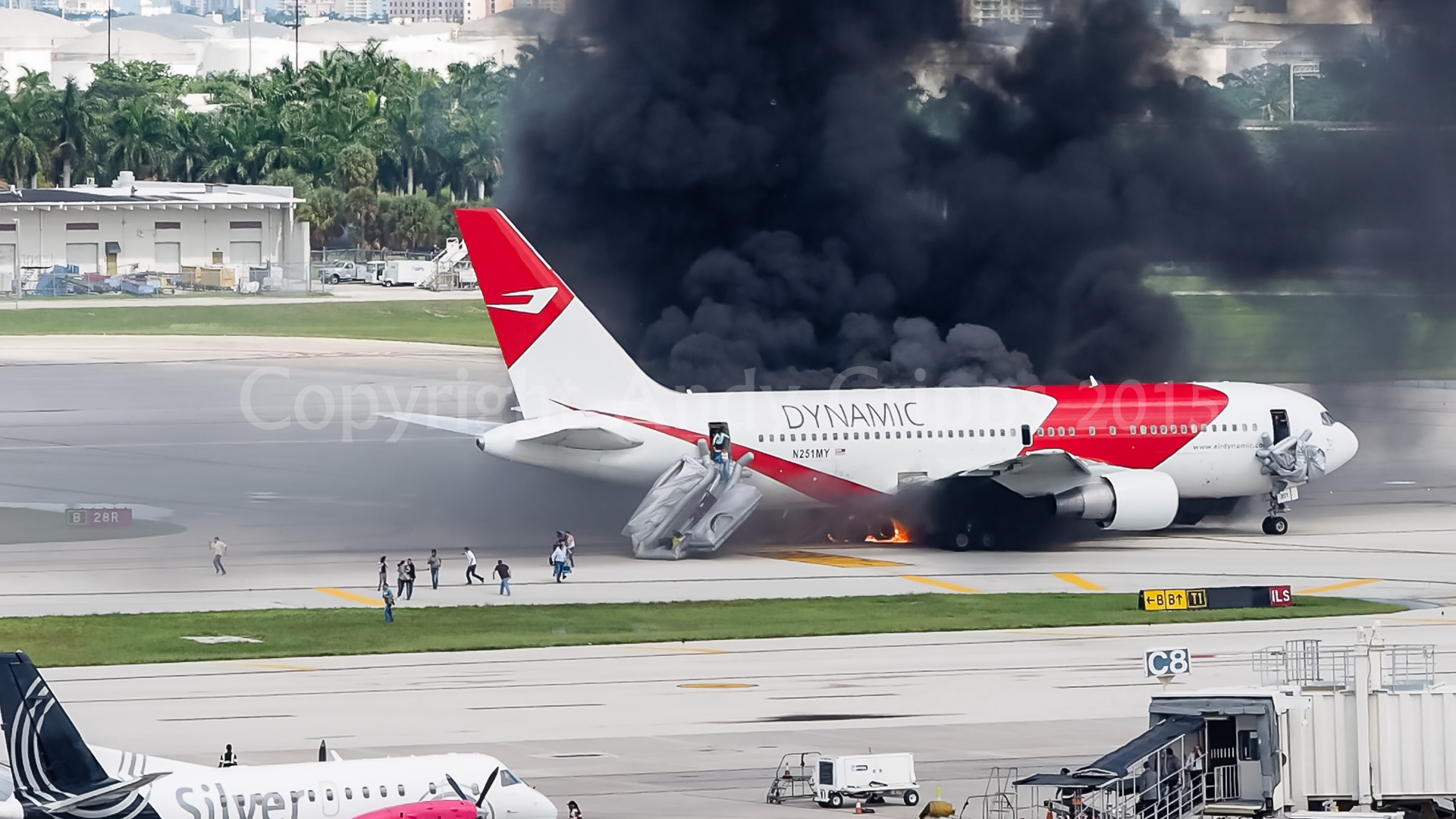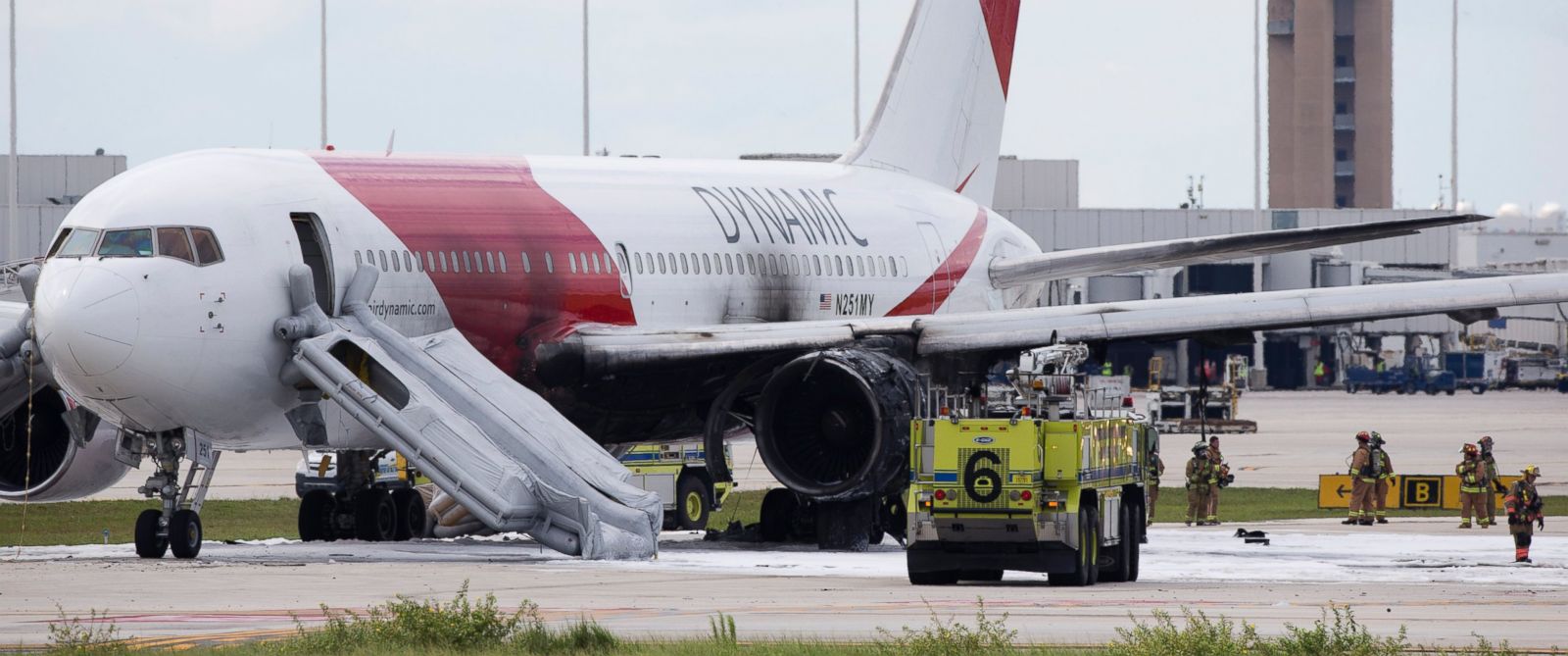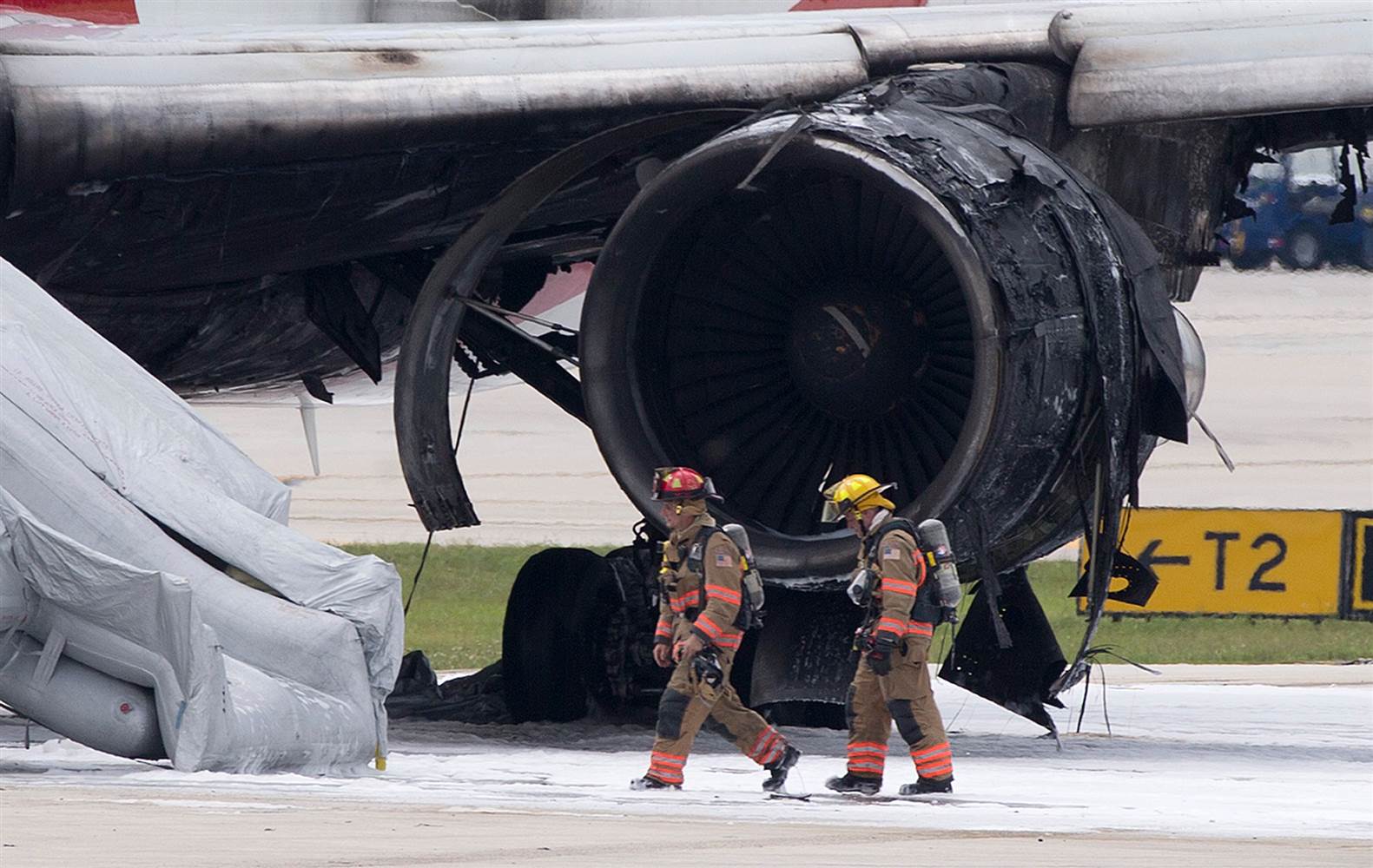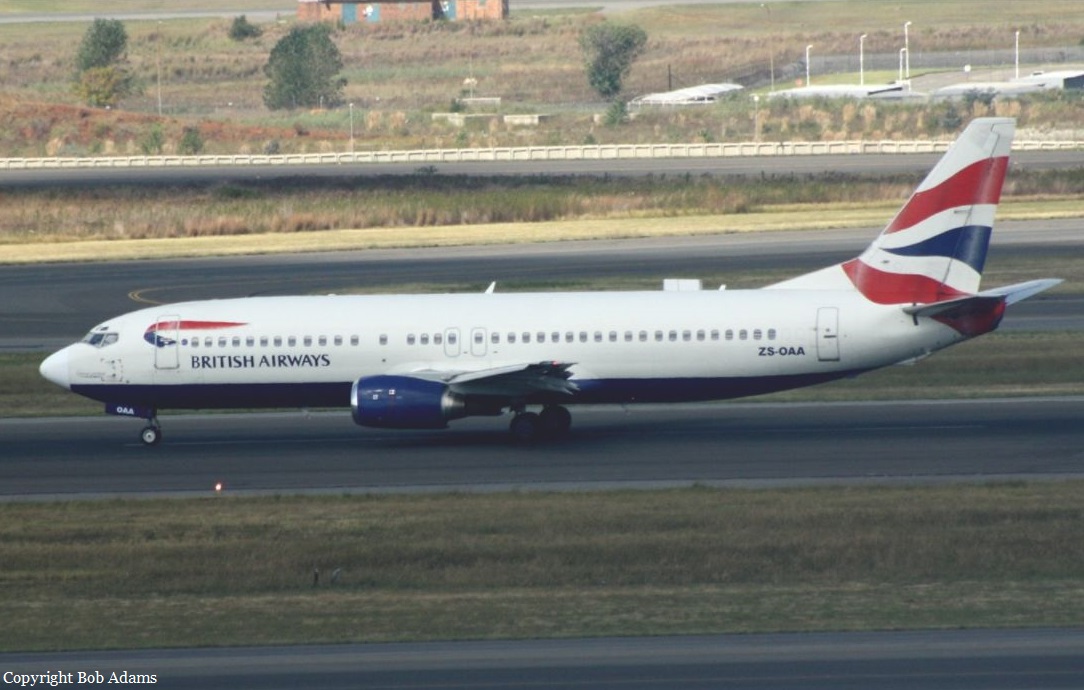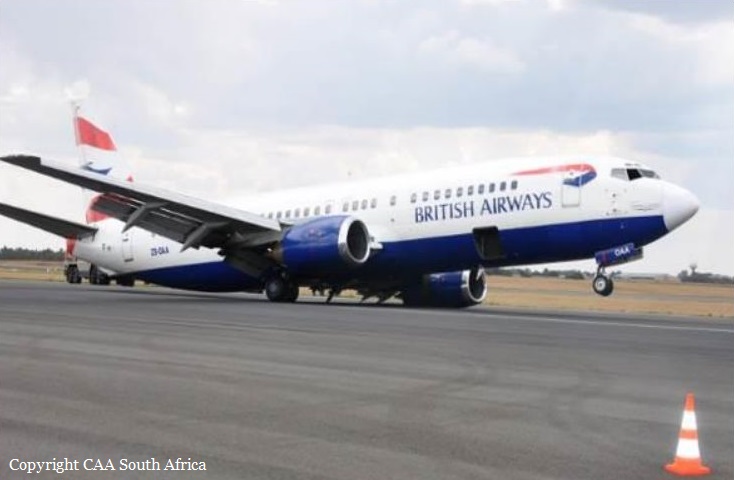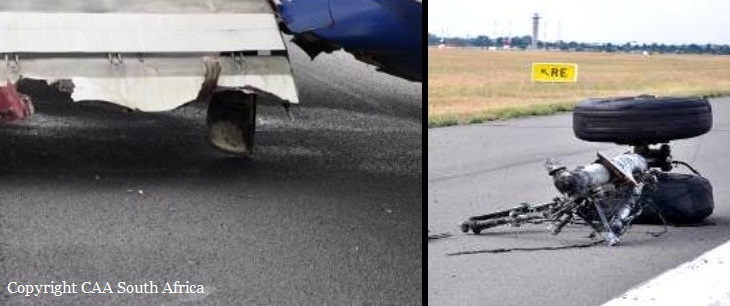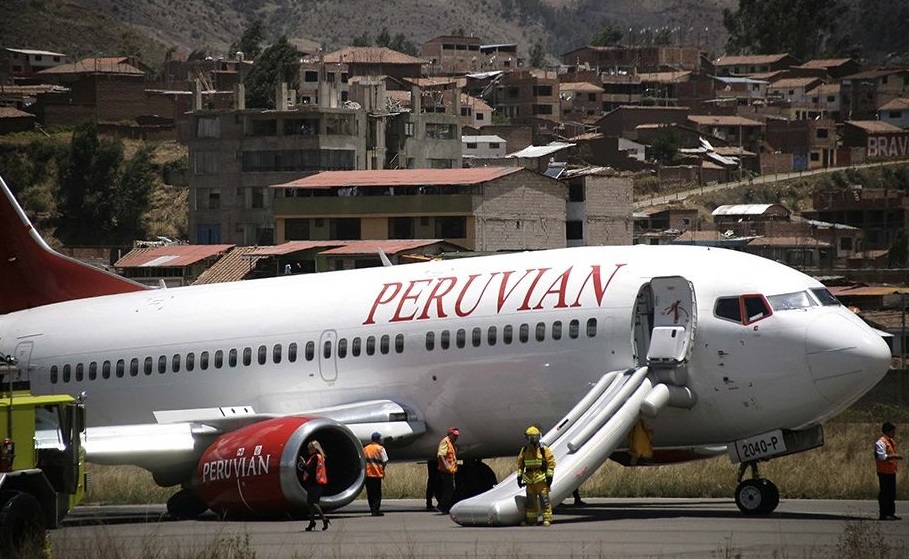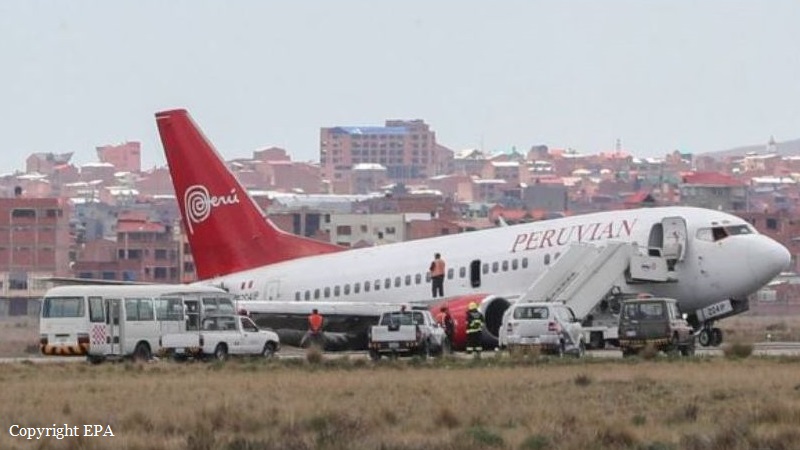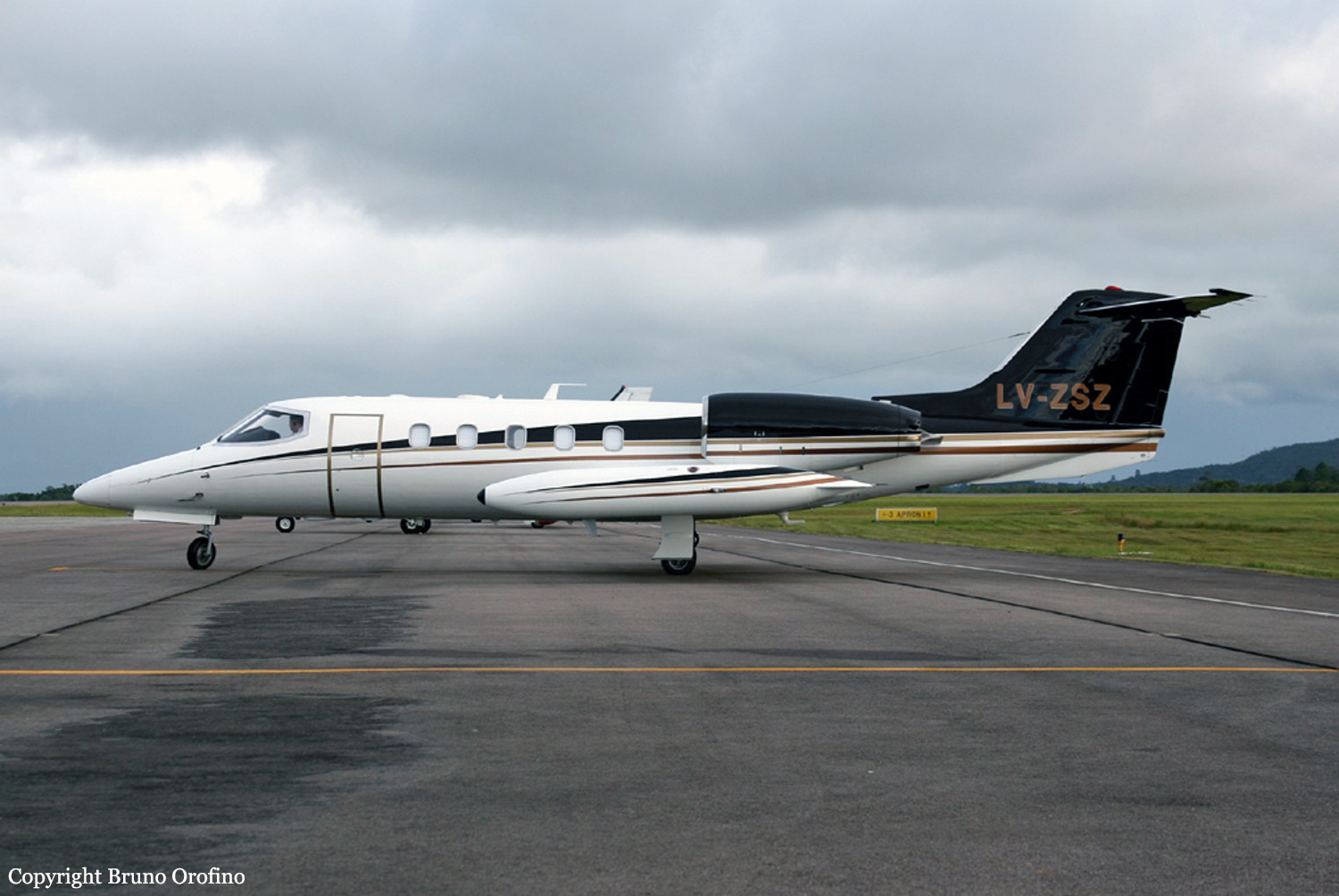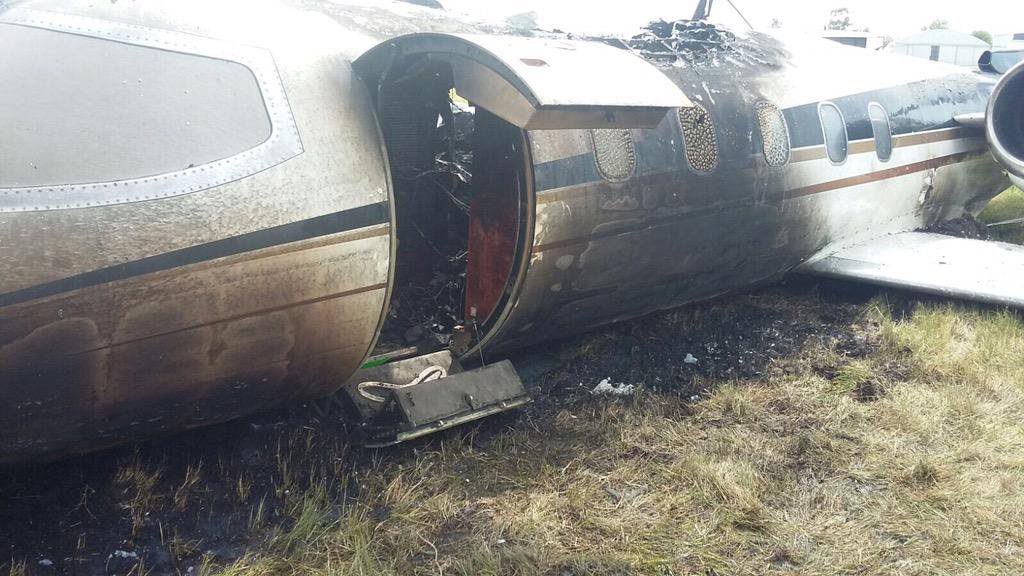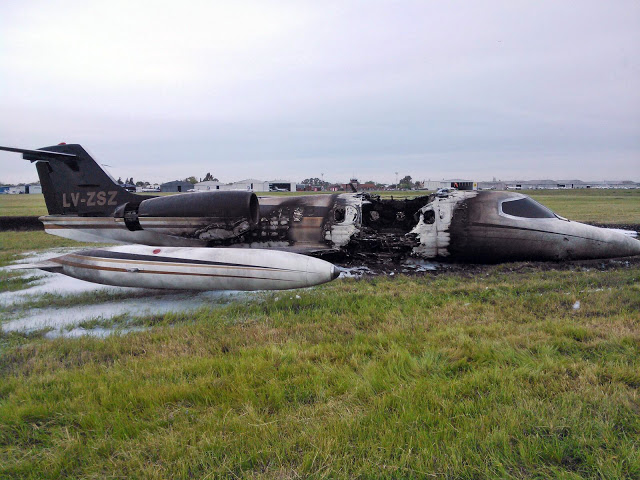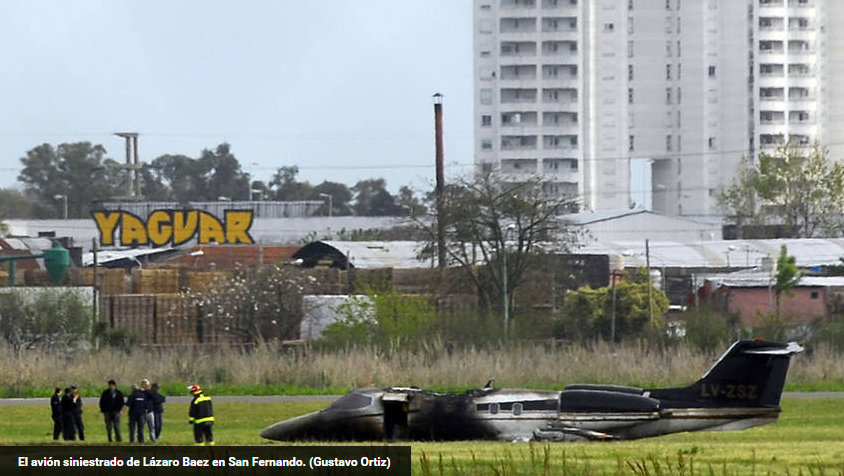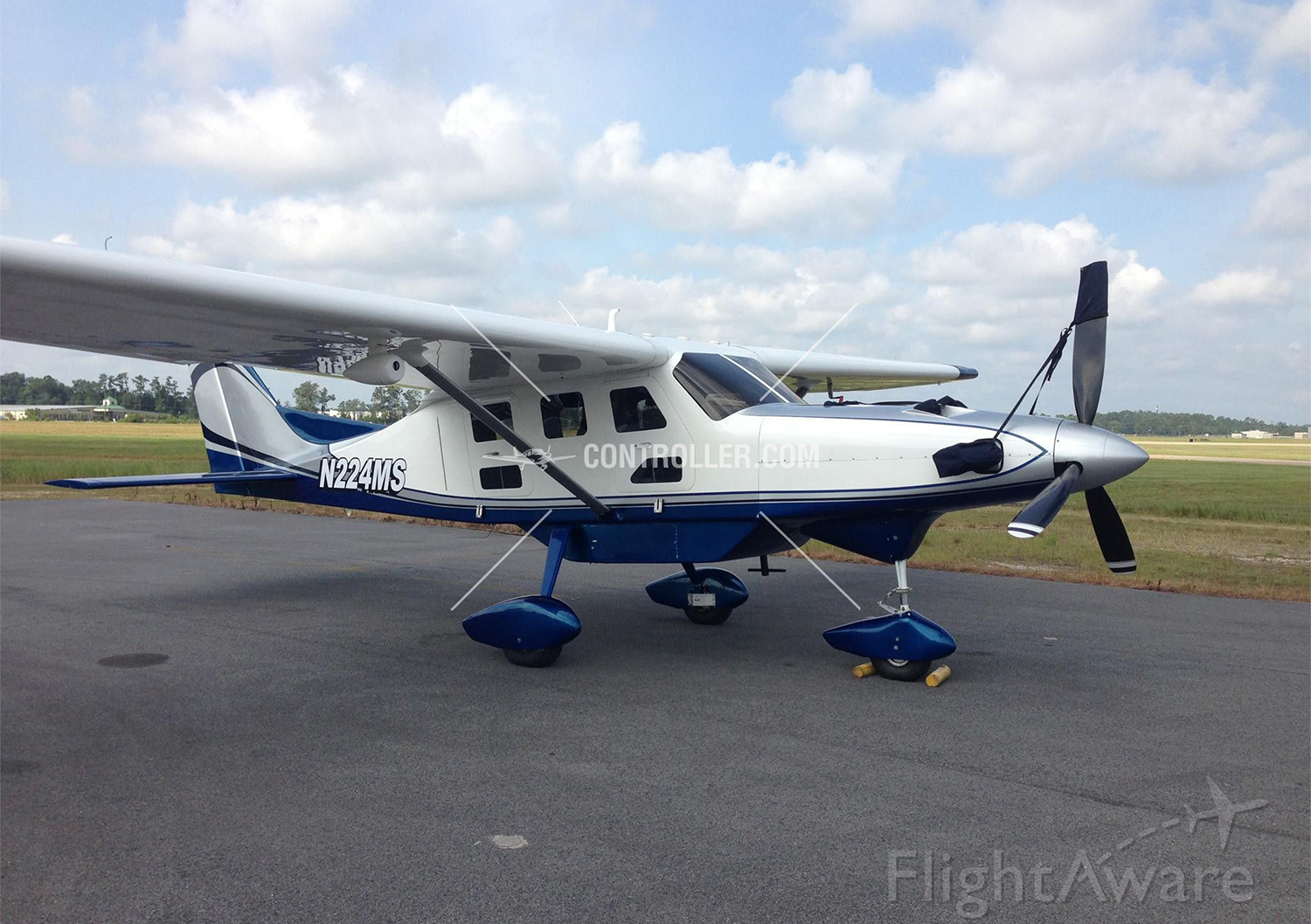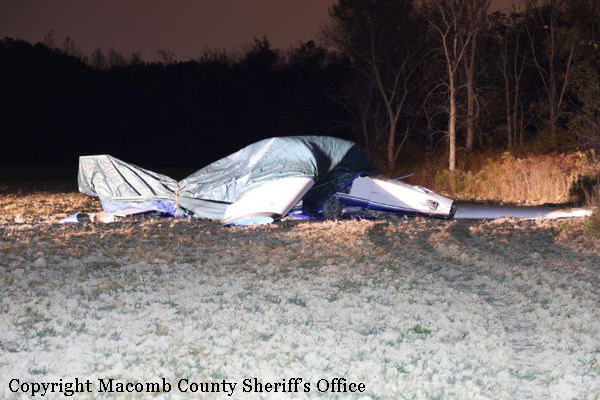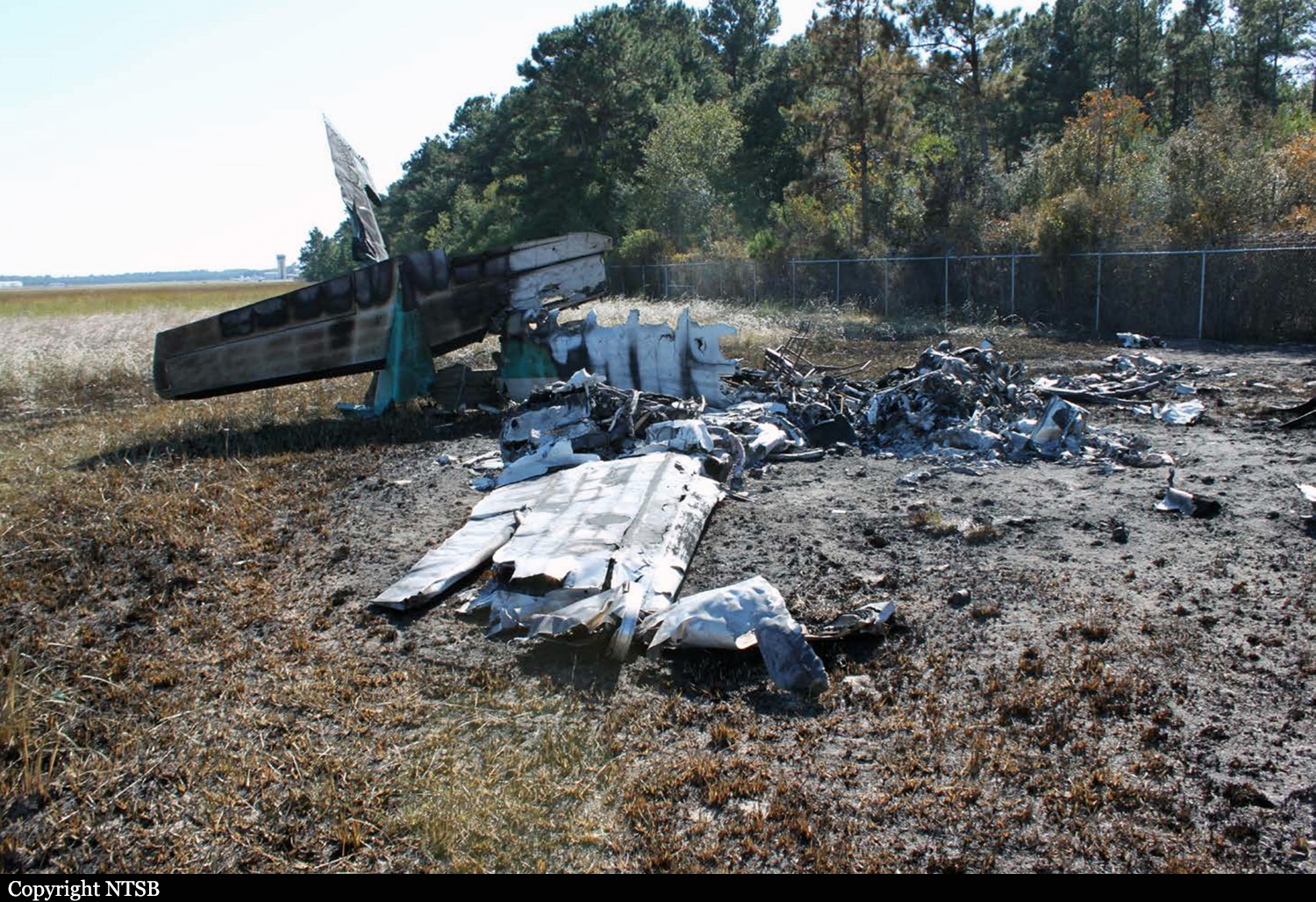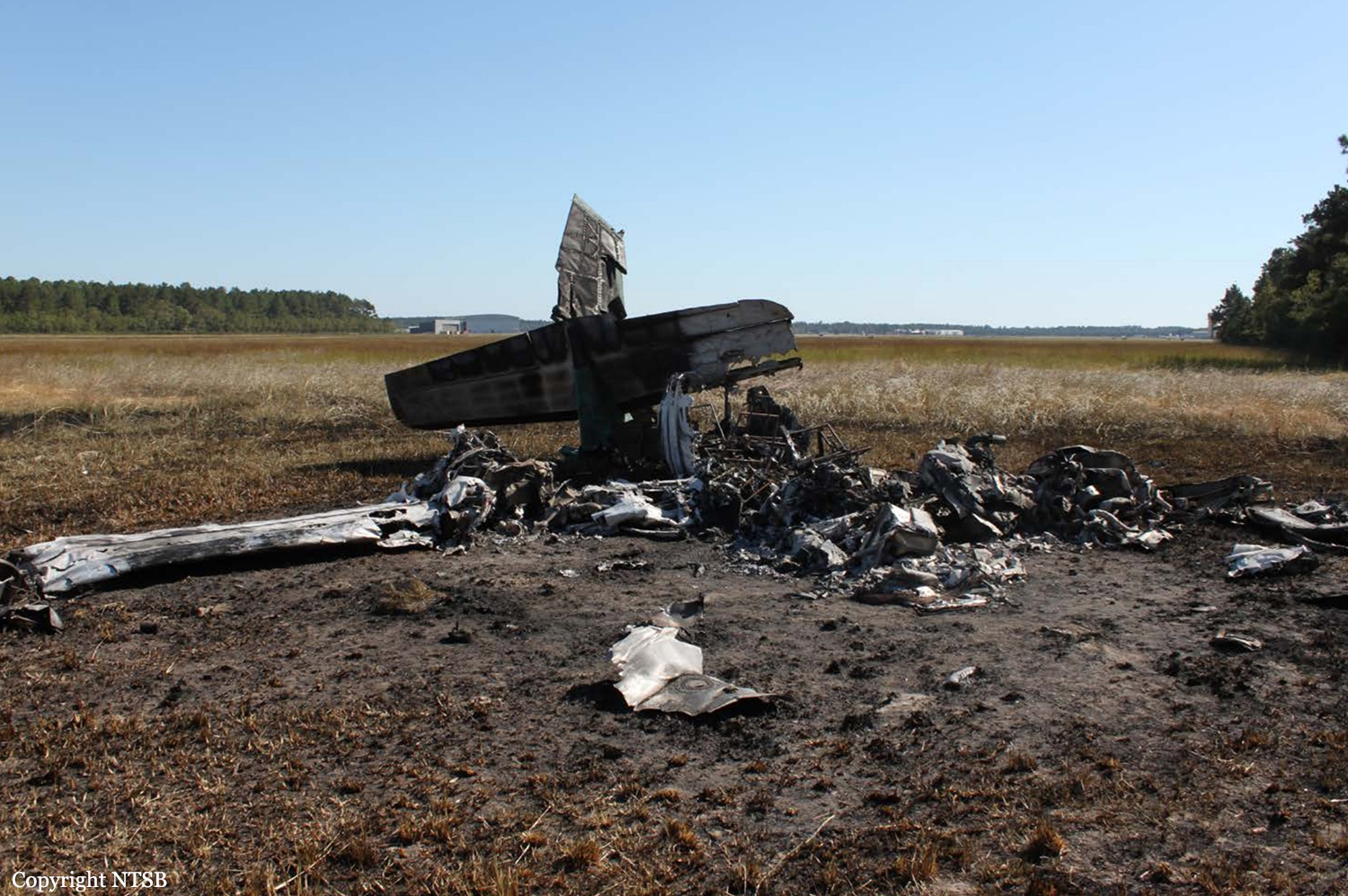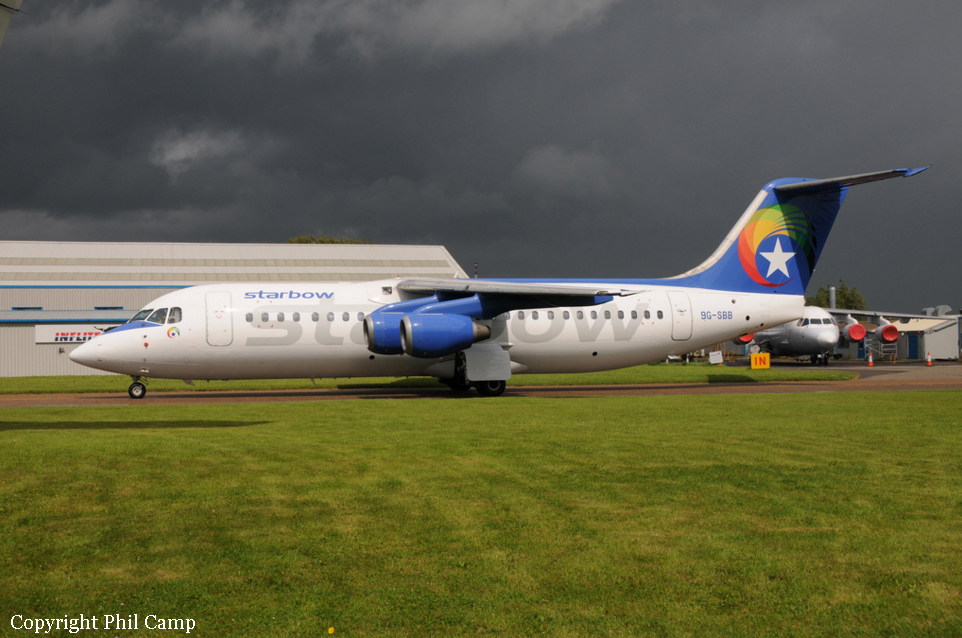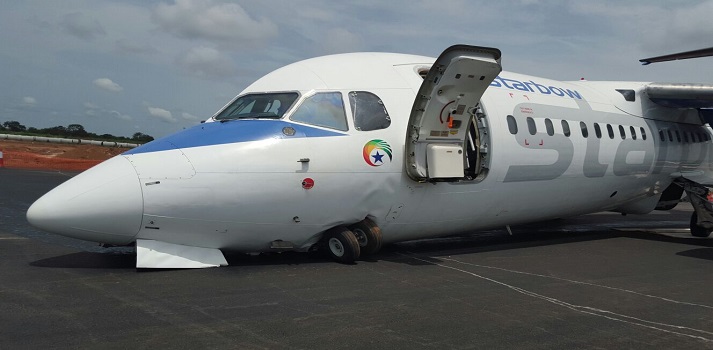Crash of an Antonov AN-12BK in Juba: 41 killed
Date & Time:
Nov 4, 2015 at 0900 LT
Registration:
EY-406
Survivors:
Yes
Schedule:
Juba – Paloich
MSN:
01 34 77 04
YOM:
1971
Crew on board:
6
Crew fatalities:
Pax on board:
37
Pax fatalities:
Other fatalities:
Total fatalities:
41
Circumstances:
After takeoff from Juba Airport Runway 13, the four engine aircraft encountered difficulties to gain height. After a distance of some 800 metres, the aircraft impacted a hill and crashed on the shore of the White Nile. Two passengers were seriously injured while 41 other occupants were killed, among them all six crew members. Weather conditions at the time of the accident were marginal with rain showers. South Sudan Authorities reported the aircraft was unable to climb because it was overloaded, and the captain reported to ATC prior to departure he was carrying 12 passengers. According to Antonov, the aircraft was not airworthy at the time of the accident because its owner, Tajik Asia Airways, was not compliant with published procedures.

